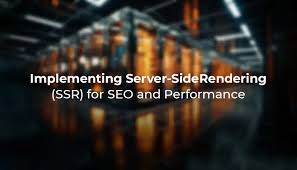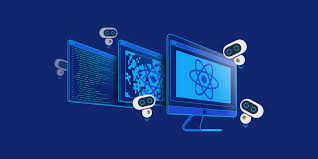Mastering PrestaShop SEO: Boost Your Online Store’s Visibility
The Ultimate Guide to PrestaShop SEO
PrestaShop is a popular e-commerce platform that empowers businesses to create and manage online stores with ease. However, to succeed in the competitive world of e-commerce, having a strong SEO strategy is essential. Here’s how you can optimise your PrestaShop store for search engines:
Optimise Your Product Pages
Ensure that each product page has a unique and descriptive title tag, meta description, and URL. Use relevant keywords naturally throughout the product descriptions and alt text for images.
Create SEO-Friendly URLs
Customise your URLs to be clean, concise, and include relevant keywords. Avoid using generic URLs that do not provide any information about the content of the page.
Implement Structured Data Markup
Utilise structured data markup to help search engines understand the content of your pages better. This can improve your chances of appearing in rich snippets and other SERP features.
Optimise Site Speed
Fast-loading websites rank higher in search results. Optimise your PrestaShop store for speed by compressing images, minifying CSS and JavaScript files, and leveraging browser caching.
Mobile Responsiveness
With the majority of online searches now happening on mobile devices, ensure that your PrestaShop store is fully responsive and provides a seamless user experience across all devices.
Quality Content is Key
Create high-quality, original content that provides value to your audience. Regularly update your blog with relevant articles, product guides, and industry insights to attract organic traffic.
Monitor Performance with Analytics
Track your website’s performance using tools like Google Analytics to measure traffic, user behaviour, conversions, and more. Use this data to refine your SEO strategy and improve results over time.
By following these PrestaShop SEO best practices, you can enhance the visibility of your online store in search engine results pages (SERPs) and drive more organic traffic to boost sales and grow your business.
Top 5 Tips for Enhancing SEO on Your PrestaShop Site
- Optimise meta titles and descriptions for each page
- Use SEO-friendly URLs with relevant keywords
- Create a sitemap to help search engines index your site
- Optimise product images with descriptive filenames and alt text
- Regularly update your content to keep it fresh and engaging
Optimise meta titles and descriptions for each page
Optimising meta titles and descriptions for each page on your PrestaShop store is a crucial aspect of effective SEO. By crafting unique and compelling titles and descriptions that accurately reflect the content of the page while incorporating relevant keywords, you can improve your chances of ranking higher in search engine results. These meta tags not only help search engines understand the context of your pages but also entice users to click through to your site. Ensuring that each page has a well-optimised meta title and description can significantly enhance your online visibility and drive more organic traffic to your PrestaShop store.
Use SEO-friendly URLs with relevant keywords
Utilising SEO-friendly URLs with relevant keywords is a crucial aspect of optimising your PrestaShop store for search engines. By incorporating targeted keywords into your URLs, you not only improve the visibility of your product pages but also enhance their relevance to search queries. This practice helps search engines understand the content of your pages better, ultimately increasing the likelihood of attracting organic traffic and improving your store’s overall SEO performance.
Create a sitemap to help search engines index your site
Creating a sitemap for your PrestaShop website is a crucial step in improving your SEO strategy. By providing search engines with a clear map of your site’s structure and content, you make it easier for them to crawl and index your pages effectively. A well-organised sitemap helps search engines understand the hierarchy of your website, ensuring that all important pages are discovered and ranked appropriately in search results. This simple yet powerful tactic can significantly boost your site’s visibility and ultimately drive more organic traffic to your online store.
Optimise product images with descriptive filenames and alt text
Optimising product images with descriptive filenames and alt text is a crucial aspect of PrestaShop SEO. By using relevant keywords in the filenames and alt text, you not only improve the accessibility of your website for visually impaired users but also provide search engines with valuable information about the content of the images. This practice helps enhance the overall SEO performance of your online store, making it more likely for your products to appear in image search results and improving the chances of attracting organic traffic.
Regularly update your content to keep it fresh and engaging
To enhance your PrestaShop store’s SEO performance, it is crucial to regularly update your content to ensure it remains fresh, relevant, and engaging for your audience. By refreshing product descriptions, blog posts, and other website content, you not only signal to search engines that your site is active and up-to-date but also provide value to visitors by offering them timely information. Keeping your content dynamic and engaging can help improve user engagement, boost search engine rankings, and ultimately drive more traffic to your online store.





